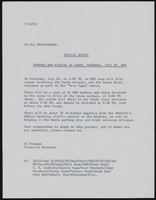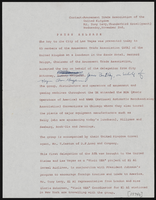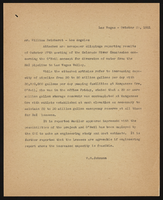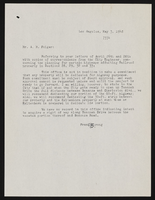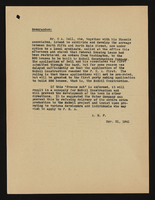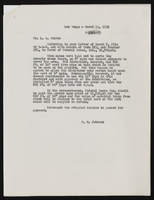Search the Special Collections and Archives Portal
Search Results
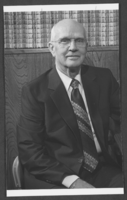
Photograph of Reed Whipple, Las Vegas, 1980
Date
1980
Archival Collection
Description
A picture of Reed Whipple, a prominent Las Vegas resident and founder of the Reed Whipple Cultural Center.
Image

Photograph of Claudine Williams, Las Vegas, 1979
Date
1979
Archival Collection
Description
A picture of Claudine Williams. She was a Las Vegas businesswoman and gaming executive.
Image
Pagination
Refine my results
Content Type
Creator or Contributor
Subject
Archival Collection
Digital Project
Resource Type
Year
Material Type
Place
Language
Records Classification

